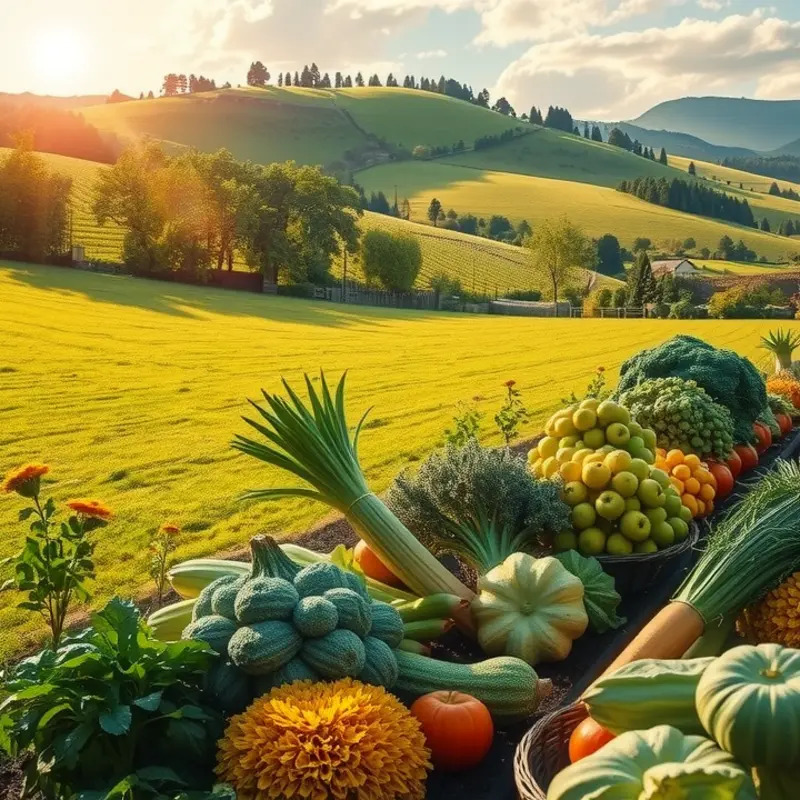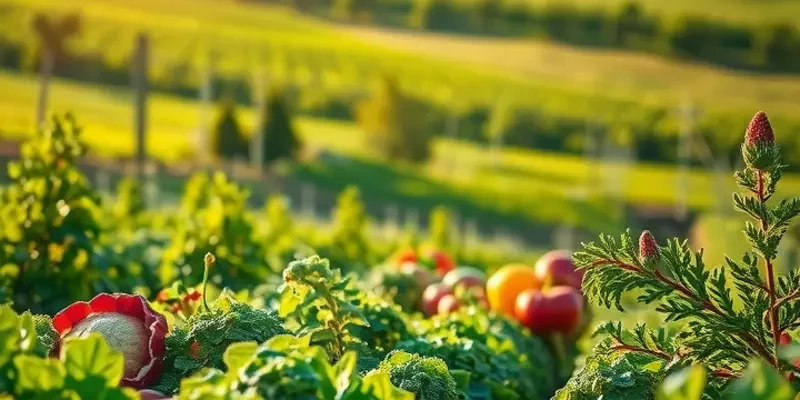Enzyme-rich diets are gaining traction among health enthusiasts, offering potential benefits like improved digestion and enhanced nutrient absorption. These natural catalysts support various bodily functions, making their inclusion in our daily meals increasingly popular. This exploration delves into how enzyme-rich foods can help you embrace a holistic, health-forward lifestyle.
Understanding Enzymes: Nature’s Catalysts

Enzymes are remarkable protein molecules serving as nature’s essential catalysts. By accelerating biochemical reactions, enzymes play a crucial role in human digestion and metabolism. They assist in breaking down nutrients into absorbable forms, ensuring our bodies receive necessary fuel and building blocks.
Enzymes can be broadly categorized into different types based on the reactions they catalyze. Proteases aid in protein digestion, breaking them into peptides and amino acids. These enzymes ensure proteins consumed are effectively utilized, avoiding excessive strain on the digestive system. Amylases handle carbohydrates, targeting starches and sugars. By transforming them into simpler sugars like glucose, amylases facilitate energy retrieval from carbohydrate-rich foods. Lipases target fats, splitting triglycerides into fatty acids and glycerol, thus helping our body manage and utilize fats efficiently.
An enzyme-rich diet is gaining recognition for its potential benefits. Incorporating such dietary patterns can lead to improved digestion, enhanced nutrient absorption, and support for metabolic efficiency. The popularity of these diets is partly due to their physiological benefits and partly owed to emerging research highlighting their importance in promoting holistic well-being.
Several foods are naturally rich in enzymes. Raw fruits, particularly pineapples and papayas, serve as excellent sources. Pineapples contain bromelain, a protease, while papayas are rich in papain, another potent protease. Fermented foods such as kimchi, sauerkraut, and yogurt also boast high enzyme content. The fermentation process augments their enzyme levels, contributing to probiotic support and digestive health. Additionally, incorporating sprouted grains and seeds is another excellent way to increase enzyme intake.
Enzymes do much more than aiding digestion. They contribute to detoxification processes, support immune function, and play roles in cellular repair mechanisms. Given their widespread impact, engaging with enzyme-rich foods aligns with broader health strategies focused on longevity and disease prevention.
Balancing enzyme-rich diets with other healthy dietary practices can lead to substantial health gains. Understanding how to integrate these foods with meal planning is crucial. Refer to guides on easy plant-based eating to seamlessly adopt enzyme-rich foods into daily meals.
Embracing enzyme-rich dietary patterns symbolizes a shift toward natural food sources that work synergistically with our biological systems, promoting harmony and enhanced nutritional value. As our appreciation of nature’s power continues to grow, enzymes and their benefits are likely to play a pivotal role in the pursuit of healthier living.
Practical Ways to Incorporate Enzyme-Rich Foods

Incorporating enzyme-rich foods into your diet can be a delightful and rewarding journey. Enzymes are essential for digestion and overall health, making certain foods particularly beneficial as part of a balanced diet. Here’s how you can incorporate these nutritional powerhouses into your everyday meals.
Key Enzyme-Rich Foods
- Pineapple: Known for its bromelain content, pineapple aids protein digestion. Enjoy it fresh in fruit salads or smoothies.
- Papaya: Containing papain, it’s another excellent choice for aiding digestion. Add it to tropical fruit bowls or salsas.
- Fermented Foods: Items like sauerkraut, kimchi, and miso are rich in digestive enzymes. These can easily accompany main dishes or be added to salads.
- Kefir and Yogurt: These probiotic-rich foods support gut health and enzyme activity. Use them in smoothies or as a base for salad dressings.
- Avocado: It contains lipase, helping to break down fats. Enjoy it in guacamole or spread on whole-grain toast.
Tips for Preparation
- Go Fresh: Fresh foods often contain more active enzymes compared to processed options. Try to incorporate raw fruits and vegetables into your diet.
- Light Cooking: When cooking enzyme-rich foods, opt for methods that preserve enzyme activity, such as steaming or lightly sautéing.
- Fermentation at Home: Consider making your own sauerkraut or kimchi. Fermenting at home can maximize live enzyme content.
Easy Recipes
-
Pineapple and Papaya Smoothie: Blend 1 cup each of fresh pineapple and papaya with 1 cup of kefir. Add a handful of spinach for an extra nutrient boost.
-
Fermented Veggie Bowls: Combine 1/4 cup of kimchi with 1 cup of brown rice, and add 1/2 an avocado and a boiled egg. Drizzle with sesame oil.
For those looking for minimal preparation ideas, you can explore these simple dinner concepts that align with incorporating enzyme-rich foods into your meals.
To integrate enzyme-rich foods into your diet effectively, variety and creativity are key. Experiment with different recipes and combinations to find what suits your palate while reaping the health benefits. Remember, the less processed and fresher, the more potent the enzyme content will be, supporting your digestive health naturally.
Final words
Incorporating enzyme-rich foods into your diet can promote better digestion, nutrient absorption, and overall well-being. By embracing these natural sources of enzymes, you’re not just enhancing your culinary experience; you’re also investing in your health. Take small, manageable steps to integrate these foods into your meals, and watch as the benefits unfold. The path to a healthier lifestyle can begin with the simple act of choosing better foods.








